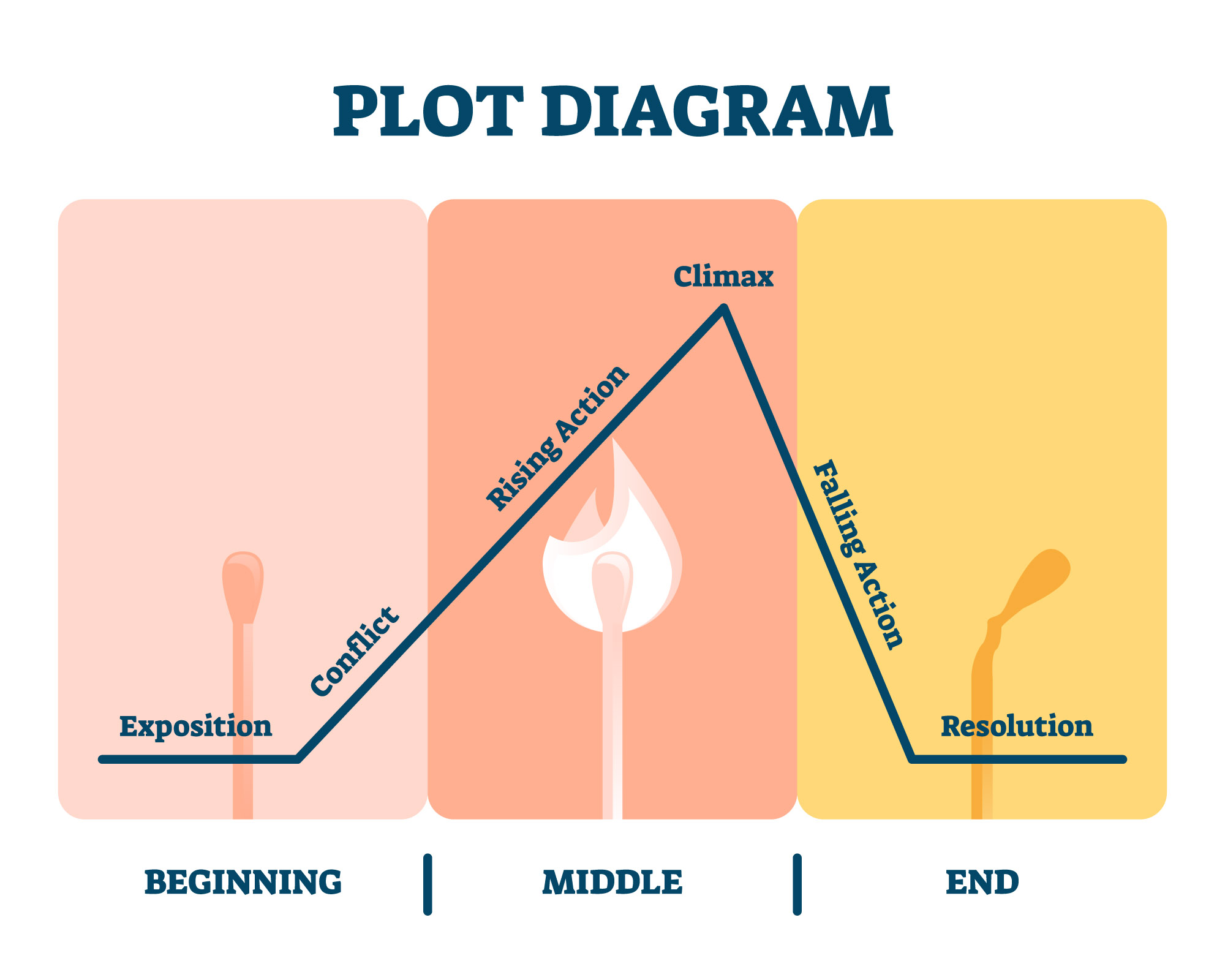
Reveal Character: Dialogue can reveal a lot about your characters – their personality, background, beliefs, and emotions. Through what your characters say and how they say it, you can show rather than tell who they are. For example, a character’s choice of words can show if they are educated, their syntax can suggest their cultural background, and the tone can express their current emotional state.
Advance the Plot: Use dialogue to move the plot forward by revealing key information, creating conflict, or showing character reactions to events. Remember, every line of dialogue should serve a purpose, whether it’s to advance the plot, reveal character, or both.
Keep it Natural (but not too natural): Dialogue should sound natural and believable for the character who is speaking. However, avoid making it too similar to real-life conversation, which often includes a lot of filler words and phrases that don’t contribute to the narrative. Keep your dialogue concise and focused, and always in service to your story.
Give Characters Unique Voices: Each character should have a unique way of speaking that reflects their personality and background. Differences in vocabulary, rhythm, syntax, and colloquialisms can help distinguish characters and make them feel more real to the reader.
Balance Dialogue and Action: Dialogue should not happen in a vacuum. Balance it with action and description to keep the scene engaging and dynamic. Show your characters’ body language, facial expressions, and actions as they speak to add depth and context to the dialogue.
Use Subtext: Subtext is what’s left unsaid, what’s beneath the surface of the dialogue. Characters often have thoughts and feelings that they don’t directly express. Using subtext can add depth and complexity to your dialogue, and can reveal tension and conflict between characters.
Avoid Exposition Dumps: While dialogue can be used to reveal information, avoid using it to convey large chunks of backstory or exposition. This can feel forced and unnatural. Try to reveal information gradually and organically through dialogue, action, and description.
Dialogue Tags and Punctuation: Use dialogue tags (such as said, asked) sparingly and effectively. Fancy or excessive dialogue tags can distract from the dialogue itself. Also, ensure that you’re using punctuation correctly within and around dialogue to maintain clarity.
Writing effective dialogue can be challenging, but with practice, it can become one of your strongest storytelling tools. Remember, dialogue should sound natural, reveal character, and move the plot forward. With these strategies, you can create compelling dialogue that breathes life into your characters and engages your readers.








